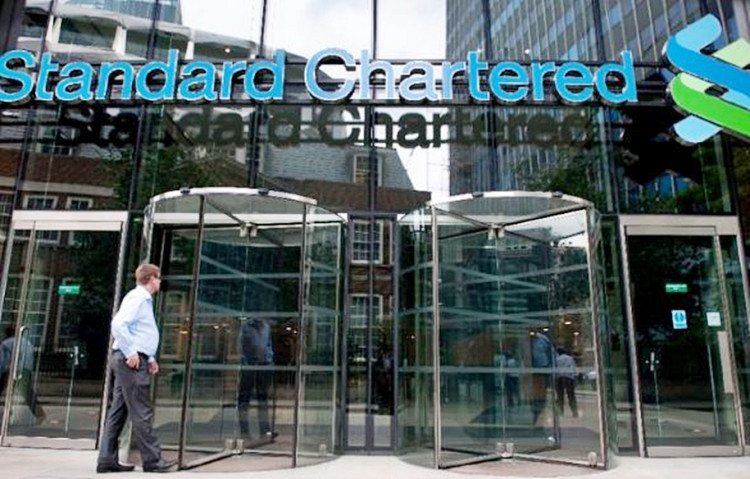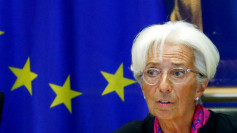British multinational bank Standard Chartered PLC will seek to rekindle flagging growth by shedding weak business units and slashing a massive $700 million in costs. No word yet on whether this new, three-year growth strategy will see the future mass firings of its employees.
StanChart believes these deep moves driven by its overhauled growth strategy will likely generate surplus capital. It said planned divestments include discontinuing its ship leasing business and completing the sale of its private equity arm, Standard Chartered Private Equity.
Goading StanChart into taking these extreme measures is its abject failure to slash costs significantly along with the dwindling value of its shares in equity markets worldwide.
Late last year, Chief Financial Officer Andy Halford told staff the bank had made "virtually no progress" in achieving cost targets. He then urged managers to consider cutting jobs, reducing back travel expenses and freezing recruitment.
Halford revealed the bank's costs grew 2 percent in 2018 to $10.1 billion. He does, however, belied "continued cost discipline" will enable sustained investment.
StanChart shares have plummeted 40 percent since 2015 when its new CEO, Bill Winters, took over. Last year, the bank's shares at London's equity market plunged 22 percent compared to a 15.6 percent drop for rival HSBC Holdings.
"We will achieve this (growth) through relentlessly focusing on where we have a distinct competitive advantage, attacking the residual causes of lower returns and ramping-up innovation and productivity," said Winters according to Reuters.
Analysts said StanChart's core emerging markets are palpably slowing down due to the U.S.-China trade war, and the steadily weakening economies of the U.S. and China. StanChart derives more than 90 percent of its profits from Asia, Africa and the Middle East.
StanChart can trace its huge panoply of problems to excessive lending in the previous decade, and the dearth of profits from this move. Since then, StanChart under Winter has sought to stimulate growth, by investing heavily in retail banking and wealth management technology platforms.
StanChart also intends to improve returns in India, South Korea, the United Arab Emirates, and Indonesia. These markets, which are among the bank's largest, accounting for 21 percent of costs but just 13 percent of profit.
For 2018, StanChart reported a profit of $2.55 billion compared to $2.42 billion in 2017.






